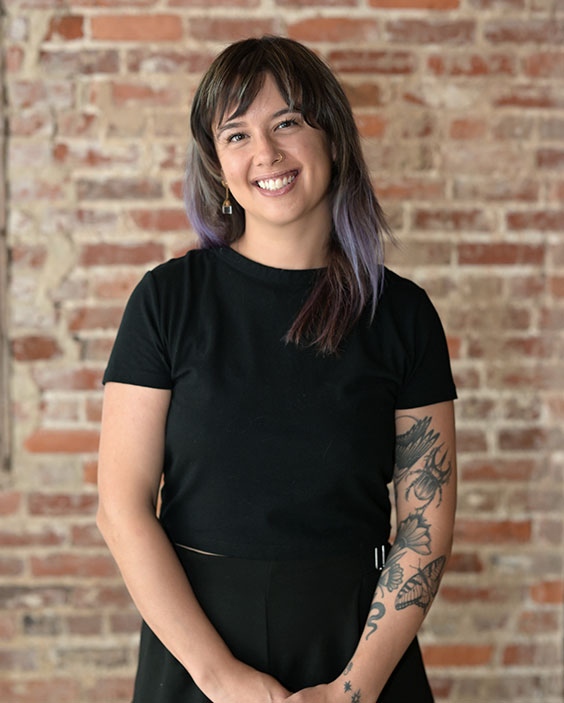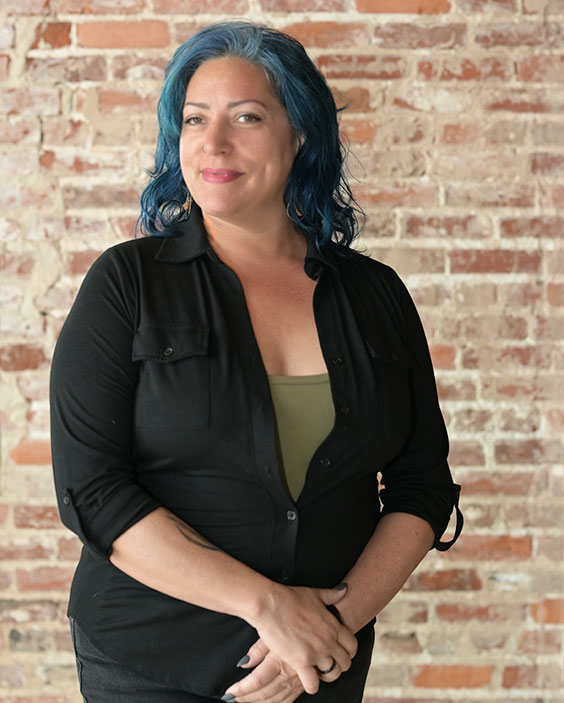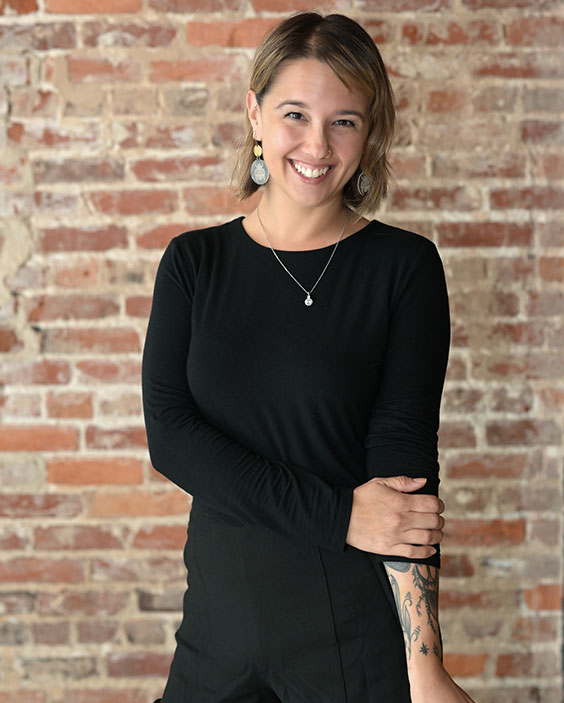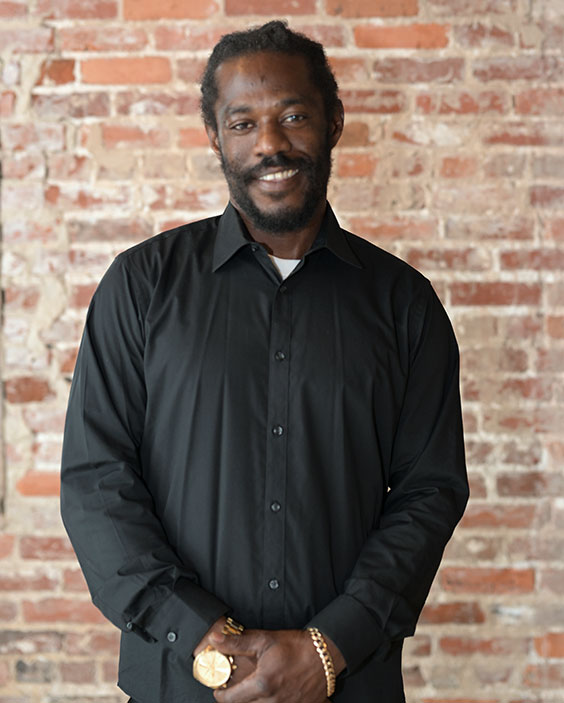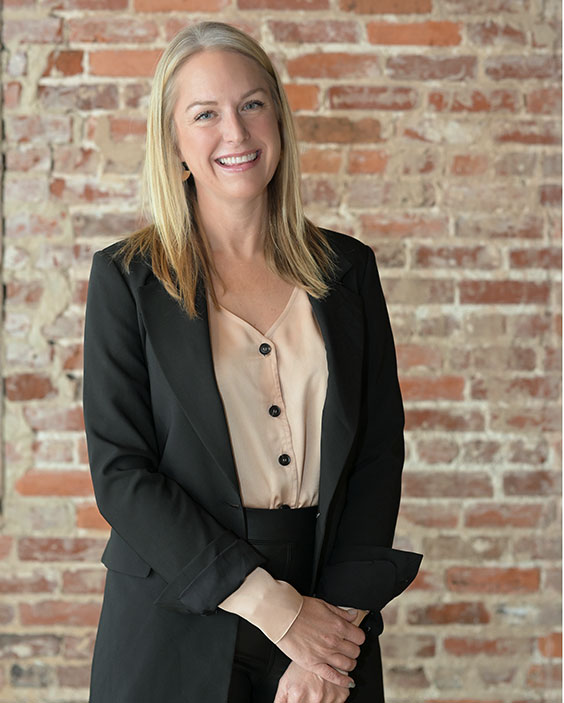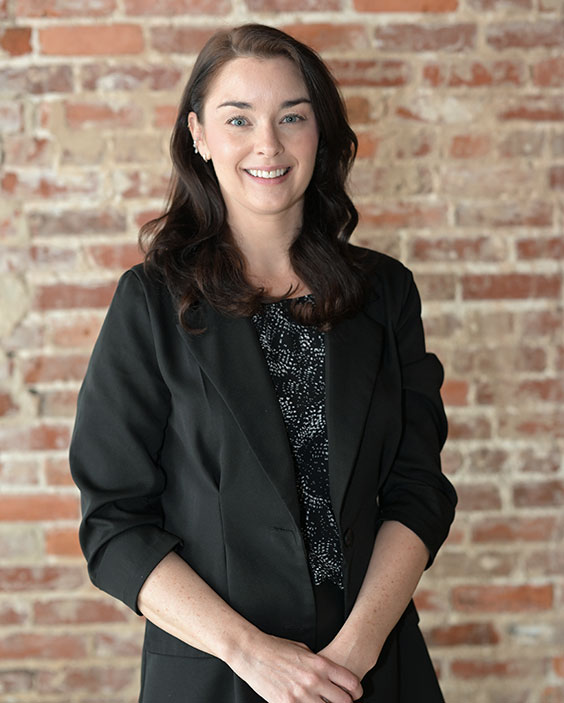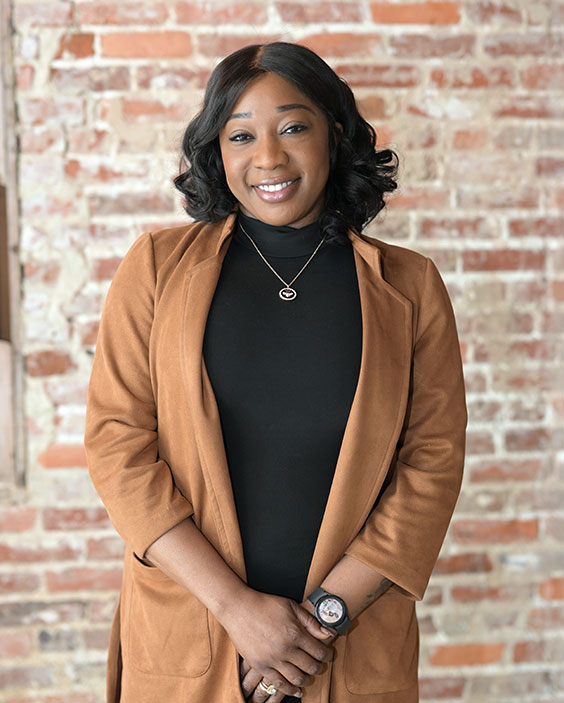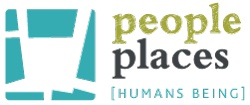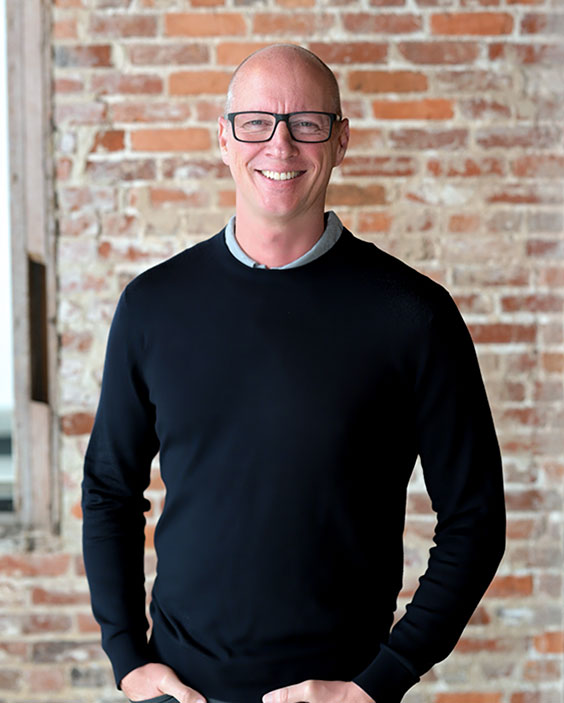We specialize in transforming New Port Richey’s business district by reimagining vacant or underutilized buildings into updated, functional, and affordable spaces. Our approach focuses on providing opportunities for local entrepreneurs, and cultivating a more active, diverse, and vibrant downtown. Additionally, we are committed to creating new housing options that contribute to the overall vibrancy of our community and local economy.

Established in 2013 by Frank Starkey, People Places LLC is a private-sector development firm that operates with a crystal-clear mission: to breathe new life into historic downtown New Port Richey using New Urbanist principles, fostering growth and prosperity for residents and business owners alike.
Specializing in comprehensive real estate development, management, activation, and advocacy, our team is deeply rooted in the city, united by a profound commitment to creating a more equitable, inclusive, and aesthetically pleasing environment for all.
But we’re not just talk – we’re action. Our enthusiasm drives us to invest in challenging, yet promising, projects that don’t just energize but also inspire. Our goal is to make downtown New Port Richey a remarkable and unforgettable destination for both residents and visitors. Ready to join us on this exciting journey?
What we do...
At People Places, we’re dedicated to being great neighbors. In downtown New Port Richey, our property management sets high standards for commercial and residential properties. With a dedicated team, we ensure consistent, courteous, and detailed management and maintenance, improving the quality of life for residents and business owners. Our approach adds value to our community, fostering a sense of pride in the place we all call home.
Our core focus is revitalizing downtown New Port Richey. By enhancing and beautifying underused or vacant properties, we provide improved housing options that make it enjoyable to live in the city. In addition to residential properties, we creatively utilize commercial spaces to cater to the needs of local small businesses and entrepreneurs, offering more affordable options that adapt to changing market conditions.
We champion positive change by advocating for zoning code reform (including ADUs, increased units, and mixed-use neighborhoods/ACUs), and adopting policies that prioritize walkability & ADA accessibility. We also strongly encourage creating well-designed and programmed public spaces. Our team is dedicated to fostering an inclusive and equitable community that offers residents opportunities to grow, build wealth, and age in place throughout all stages of life along with the city.
